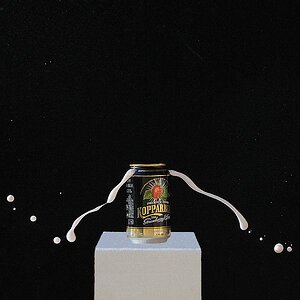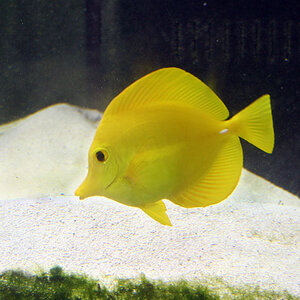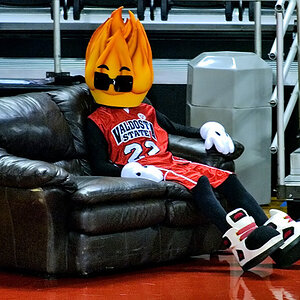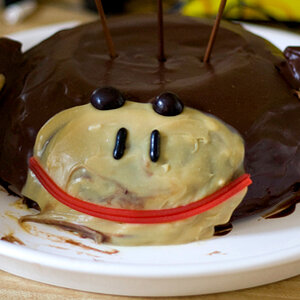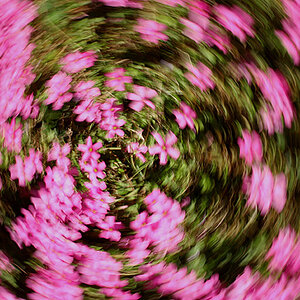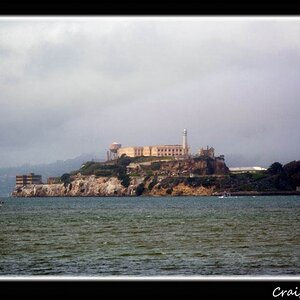DrunkenGiraffe
TPF Noob!
- Joined
- Jun 21, 2010
- Messages
- 53
- Reaction score
- 0
- Location
- Australia
- Can others edit my Photos
- Photos OK to edit
Hi  I have had my DSLR for a few weeks now and decided I wanted to try using RAW. I have my camera set to take both a RAW image and a JPEG. But when I open the RAW image is it heaps more underexposed than what it looked like when I took it and what the JPEG looks like.
I have had my DSLR for a few weeks now and decided I wanted to try using RAW. I have my camera set to take both a RAW image and a JPEG. But when I open the RAW image is it heaps more underexposed than what it looked like when I took it and what the JPEG looks like.
Just using this picture as an example.
The JPEG I get is:

But if I open it up in ufraw, it looks like this

If I click autoadjust exposure I get this

I know that I can just adjust the exposure compensation to what I want, but I don't understand why every picture comes out underexposed whereas the jpeg is fine.
Just using this picture as an example.
The JPEG I get is:

But if I open it up in ufraw, it looks like this

If I click autoadjust exposure I get this

I know that I can just adjust the exposure compensation to what I want, but I don't understand why every picture comes out underexposed whereas the jpeg is fine.



![[No title]](/data/xfmg/thumbnail/35/35967-ee5e7220e6f5cbd7d70fb99fe8ce5038.jpg?1619737285)
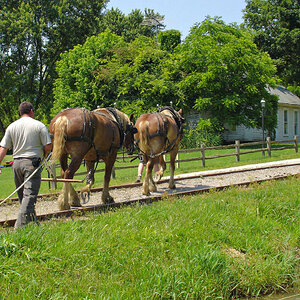
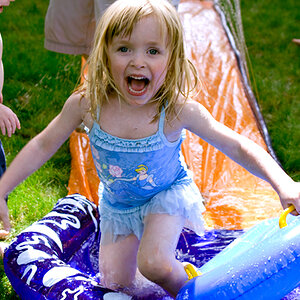
![[No title]](/data/xfmg/thumbnail/37/37520-d3e4d6582aa2781be7abf64e8651db45.jpg?1619738128)
